Notes
My Lai, Sexual Assault and the Black Blouse Girl: Forty-Five Years Later, One of America’s Most Iconic Photos Hides Truth in Plain Sight
Looking back at the Vietnam war and the iconic photographs that mark that era, how is it that the American public knows about the “Napalm Girl” but no one knows or speaks of the My Lai “Black Blouse Girl?” And what does it mean that, forty-five years later, even though her experience was publicized by investigative reports and Congressional testimony, what happened to her – reflected in this famous photo – remains hidden in plain sight?
The My Lai Massacre captured public awareness largely due to the 1969 public release of graphic photographs taken by Army Photographer Ronald Haeberle. Since the release, viewers have been captivated by the visceral emotion expressed on the face of the woman in the foreground of the photo below (published in 1969 by Life magazine). According to Life’s caption of the photograph, these villagers were “huddle[ed] in terror moments before being killed by American troops at My Lai.”
While the My Lai Massacre is widely recognized as a military atrocity and an act of mass murder committed on civilians and non-combatants, true appreciation of the event as an act of mass rape and sexual abuse has never clearly materialized in the American consciousness, in spite of public data and testimony shortly after the massacre happened. Media presentation of the photograph of the Black Blouse Girl mirrors this amnesia.
By reading the image closely, you can see that the teenager in the right background is buttoning up her blouse. It’s a curious action. Why would she be preoccupied with a button while the other people in the photograph were terrified of being killed? Why was the button undone to begin with?
Testimony from the 1969-1979 Peers Inquiry solves the mystery of the button: the image actually captures these women and children in the moments between a sexual assault and mass murder. In his inquiry testimony, Haeberle explains that a group of soldiers were trying to “see what she was made of,” and that they “started stripping her, taking her top off,” Additional testimony from the investigation confirms this.
According to testimony of Jay Roberts, the Army Journalist who had accompanied Haeberle that day, the soldiers were calling the teenager “V.C. Boom Boom”—the colloquial term for a Vietcong prostitute during Vietnam. Continuing, Roberts revealed that the older woman appears so anguished because she was trying to protect the girl from being assaulted by the soldiers. Roberts stated that the older woman, who he presumed to be the girl’s mother, had been “biting and kicking and scratching and fighting off” the group of soldiers. The emotion on the face of the older woman in the foreground is not one of passive terror.
Once the soldiers noticed the photographer and journalist, they ceased the assault. Haeberle later recalled that after walking away, “I heard an M-60 [machine gun] go off, and when we turned back around, all of [the women] and the kids with them were dead.”
The 1969 Life magazine article confirms the testimony of Haberle and Roberts, but the article minimizes the sexual violence reflected in the photograph by captioning it on the first page with reference only to the killing. Details of sexual assault and rape only appear on the second to last page of the accompanying article, six full pages away from the photograph.
The article states that Haeberle and Roberts “watched while troops accosted a group of women, including a teen-age girl” (italics ours). The article notes that one GI started stripping the girl, that another was telling her that “she was a whore for the Vietcong,” and that a third was saying, “I’m horny.” The description also provides context for the behavior of the older woman in the foreground, relating that she tried to help the girl by “scratching and clawing the soldiers.”
News coverage of the massacre and Haeberle’s photographs during the Vietnam War era included reference to the sexual assault. Based on interviews with Jay Roberts, Seymour Hersh described the details of the assault in 1972, noting that GIs singled out the girl in the black blouse, “started to pull at her blouse” and “attempted to fondle her breasts.” He describes the presumed mother as “fighting off two or three guys at once” to try to protect the girl.
To understand why the photo has become generalized, one needs to understand how the role of rape and sexual violence at My Lai has been downplayed and noted only generally, the significance slipping away with the years.
What happened to the Black Blouse Girl was not the only incident of sexual violence that happened at My Lai. In their historical overview of the massacre, James Olson and Randy Roberts compile information about sexual violence from the Peers Inquiry to produce a list of 20 acts of rape based on eyewitness testimony. The victims documented on this list ranged from age 10-45. Of these women and girls, nine were under the age of eighteen. Many of these assaults were gang rapes and many involved sexual torture. This list does not even include attempted rapes, such as the assault of the girl in the black blouse, and given that most witnesses were killed during the massacre, we may only guess at how many other women and girls experienced sexual violence in the final minutes before their deaths.
Despite the prevalence of sexual violence and ample documentation, not one of these rapes was prosecuted, according to Susan Brownmiller, who has written a history of rape and rape laws in U.S. culture. Perhaps the failure to prosecute is one reason that the traditional media has increasingly downplayed or omitted sexual assault at My Lai, mentioning it only in passing or not at all.
The two prominent PBS documentaries made about the massacre, the 1989 Frontline episode, “Remember My Lai,” and the 2010 American Experience episode “My Lai,” do not make the connection (though a Vietnamese woman in the Frontline episode mentions rape). Both of these documentaries include extensive interviews with Haeberle talking about the photograph.1 However, he never mentions the sexual assault. He simply describes the soldiers gathering the women and children together and their subsequent murder. This is despite the fact PBS had access to the Peers Inquiry final report.
More specifically, there isn’t one instance where the photo has been captioned to reflect the assault and, apart from the original LIFE article, there hasn’t been one instance where the photo has been both presented and explained to include the sexual assault. The Cleveland Plain Dealer, in the first publication of the photo, omitted any reference to it. The 2010 American Experience episode neglected it in its accompanying web-based slide show. The My Lai Massacre Wikipedia caption of the photo ignores it. And even the caption to the photo in the My Lai Museum in Vietnam fails to address it:
“The last moment of life of villager women and children under a silk cotton tree before being murdered by the U.S. soldiers.
Bag Caption: Here is the photo as it appears in the gallery accompanying the 2010 “American Experience” documentary, “My Lai.”
The U.S. media has continued to reference the photo generically right up to this year’s forty-fifth anniversary of the massacre this past March. In fact, LIFE.com featured the photo prominently again this Spring as part of an anniversary feature. The caption?
Vietnamese villagers, including children, huddle in terror moments before being killed by American troops at My Lai, Vietnam, March 16, 1968.
Given the known sequence of events surrounding the picture, what the photo appears to show (with the exception, apparently, of the young girl back left) are the villagers traumatized but seeming to ease slightly from the immediate aggression of the assault and the fight between the older woman and the soldiers.
A woman is holding the older woman from behind, but she is less restraining her than she is holding, protecting, and perhaps attempting to comfort her. Notice her hands are not tight, but slack. In the background, someone (it seems like a man if that is, in fact, a bald spot) is touching, maybe stroking and trying to comfort the young girl clutching to him. The fact he looks down at her also suggests the tension has eased for an instant. As for the older woman herself, her eyes seemingly still angry, she appears more filled with anguish than anger now, her arms retracted into her body and her attention, along with several of the others, directed to our left, as if trying to re-orient her attention. And of course, there is the Black Blouse girl, behind and protected by the others from whatever is happening to our left, buttoning her blouse back up.
So we ask again: what are we to make of the informational erasure surrounding this iconic artifact of US history, one that indicates sexual violence in the plain light of day? And why is it that most Americans readily recognize the “Napalm Girl” but not the “Black Blouse Girl?”
— Valerie Wieskamp
Valerie Wieskamp is a PhD Candidate in Rhetoric and Public Culture at Indiana University, Bloomington. Her research focuses on issues of power, gender, violence, and social movements in visual, media, and political culture.
————–
[1] Valerie Wieskamp “Sexual Assault and the My Lai Massacre: The Erasure of Sexual Violence from Public Memory of the Vietnam War,” in Mythologizing the Vietnam War: Visual Culture and Mediated Memory, eds, Jennifer Good, Val Williams, Paul Lowe and Brigitte Lardinois (Newcastle upon Tyne, UK: Cambridge Scholars Publishing, Forthcoming December 2013).
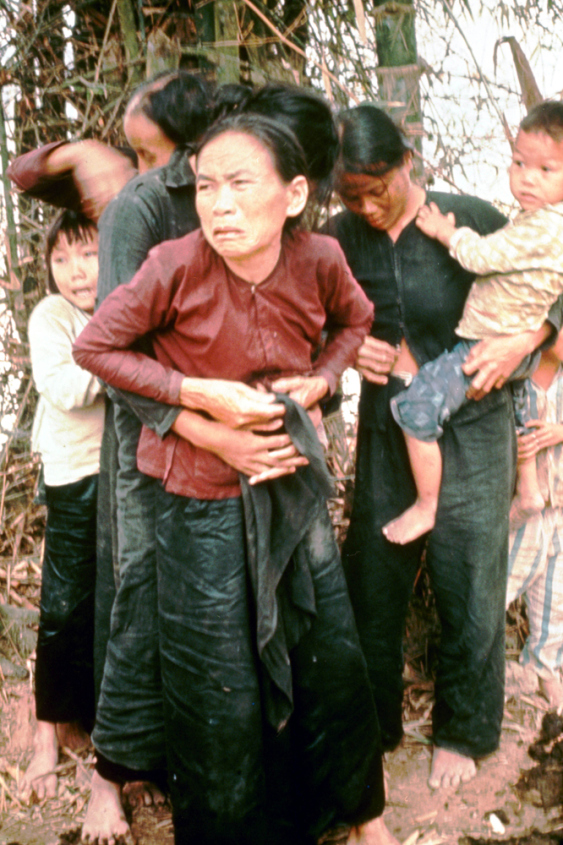
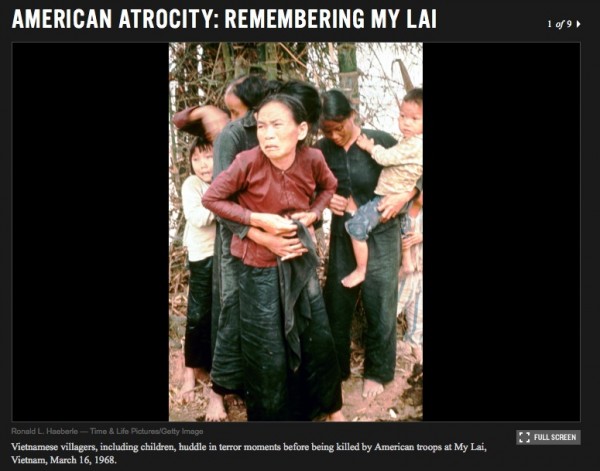
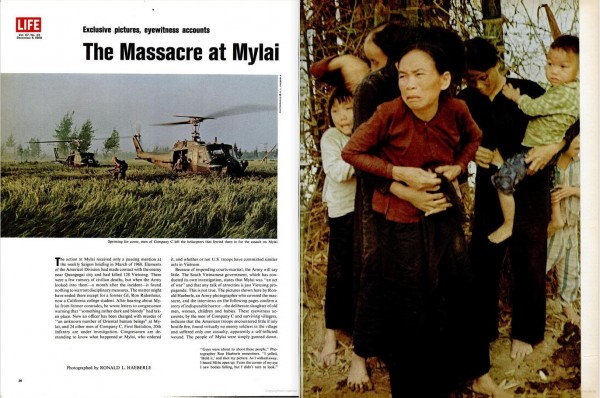
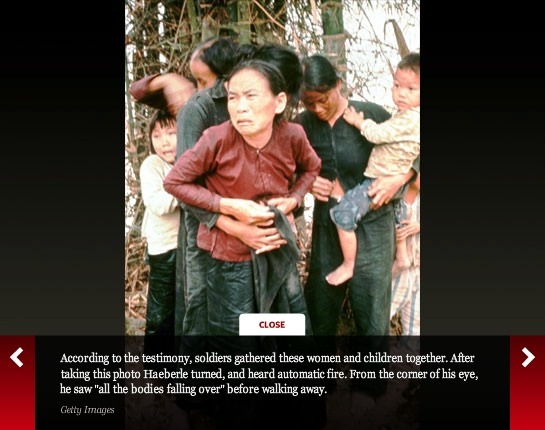
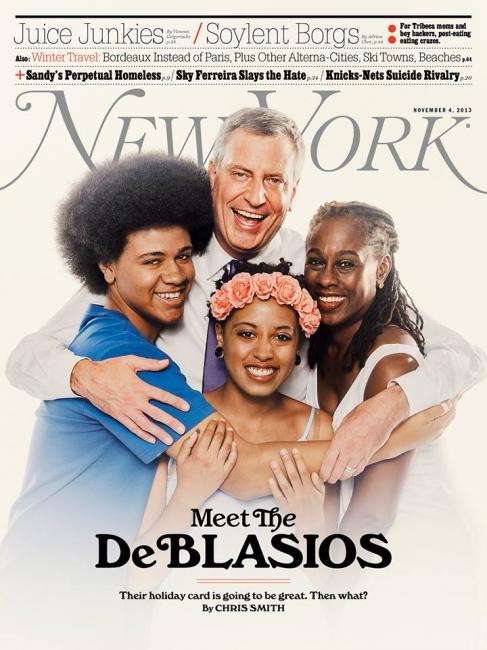
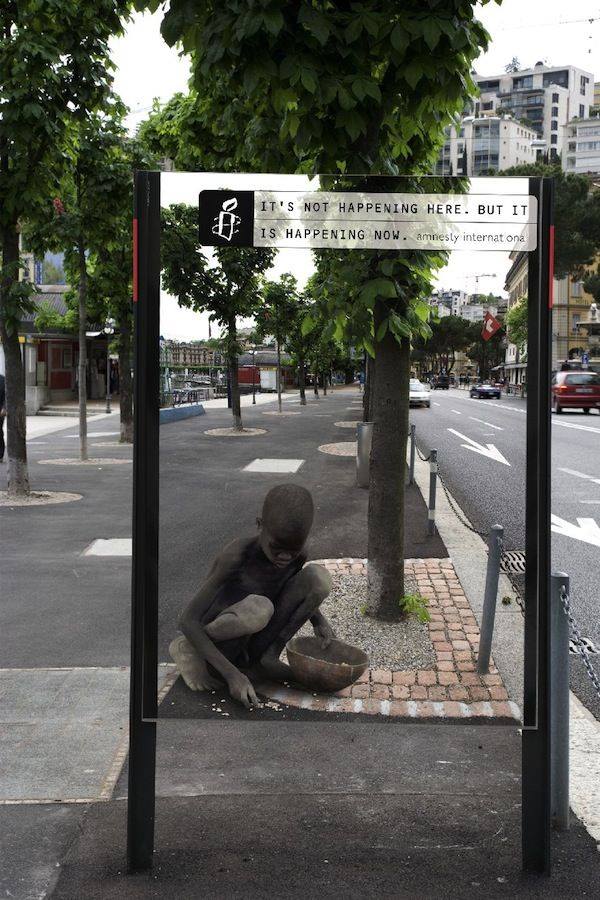
Reactions
Comments Powered by Disqus